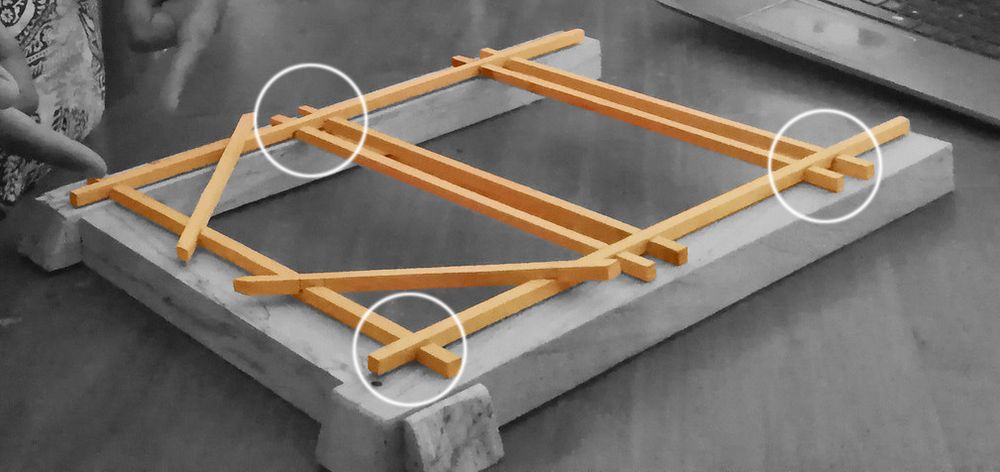
Candillijo "little oil lamp"
Zafate harpado "harpoon-shaped Safat"
Almendrilla "little almond"
Zafate "tray"
Calle "alleyway"
Moroccan names for the same shapes:
Qandīl "oil lamp"
Ṣfeṭ l-Ḥarba "spear-shaped Sfet"
Lūza "almond"
Ṣfeṭ
Zqāq "alleyway"

Candillijo "little oil lamp"
Zafate harpado "harpoon-shaped Safat"
Almendrilla "little almond"
Zafate "tray"
Calle "alleyway"
Moroccan names for the same shapes:
Qandīl "oil lamp"
Ṣfeṭ l-Ḥarba "spear-shaped Sfet"
Lūza "almond"
Ṣfeṭ
Zqāq "alleyway"




The monument’s marble paneling and two-tone decoration reflect Egyptian influences, which had already begun to spread into the Eastern Maghreb by the late 14th c.

The monument’s marble paneling and two-tone decoration reflect Egyptian influences, which had already begun to spread into the Eastern Maghreb by the late 14th c.

Pic: Tangier, c. 1880.

Pic: Tangier, c. 1880.

But what's so "incomparable" about this fountain exactly? Well, it *was* the ceramic decoration with its vivid colors, that was almost exclusively found in wealthy estates or royally sponsored projects in the 14th C.

But what's so "incomparable" about this fountain exactly? Well, it *was* the ceramic decoration with its vivid colors, that was almost exclusively found in wealthy estates or royally sponsored projects in the 14th C.



Above it, an inscription of a poem, written on tiles using the sgraffito technique, where parts of the glazed surface are scratched away to create a two-tone design.

Above it, an inscription of a poem, written on tiles using the sgraffito technique, where parts of the glazed surface are scratched away to create a two-tone design.

It is interesting that such a visually striking decoration was never reemployed in any other monument in Iberia or in North Africa.

It is interesting that such a visually striking decoration was never reemployed in any other monument in Iberia or in North Africa.
A green [banner] that turned the morning [light] into a sash;
It flutters like the beating heart of whoever opposes you,
Striking the souls whichever way it unfurls;
Assuring you fortune with a triumphant bearing,
So look forth to the preeminent omen of success.

A green [banner] that turned the morning [light] into a sash;
It flutters like the beating heart of whoever opposes you,
Striking the souls whichever way it unfurls;
Assuring you fortune with a triumphant bearing,
So look forth to the preeminent omen of success.
A closer inspection would almost certainly reveal additional details such as types of nails, pigments, assembly joints, wood types, etc.

A closer inspection would almost certainly reveal additional details such as types of nails, pigments, assembly joints, wood types, etc.


Despite the low-quality picture, the inconsistencies make me confident these doors are forgeries, possibly made during the 19th century.

Despite the low-quality picture, the inconsistencies make me confident these doors are forgeries, possibly made during the 19th century.









The word's original meaning seems to have been preserved in Chefchaouen designating a loft used for storing fodder and to dry fruits.

The word's original meaning seems to have been preserved in Chefchaouen designating a loft used for storing fodder and to dry fruits.
The word is from Andalusi Arabic with the Spanish lexicographer Pedro de Alcalá giving it as...

The word is from Andalusi Arabic with the Spanish lexicographer Pedro de Alcalá giving it as...

